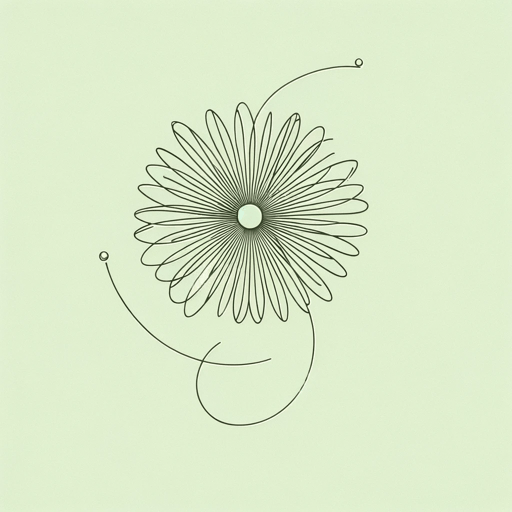17 pages • 34 minutes read
Wisława SzymborskaNothing Twice
Fiction | Poem | Adult | Published in 1997A modern alternative to SparkNotes and CliffsNotes, SuperSummary offers high-quality Study Guides with detailed chapter summaries and analysis of major themes, characters, and more.
Poem Analysis
Analysis: “Nothing Twice”
Szymborska’s “Nothing Twice” is a formal poem written in four-line stanzas or quatrains. The stanzas follow a set end rhyme scheme (ABAB) with some rhymes being true rhymes, in which the sounds are identical, and some being slant rhymes, in which the words have similar but not identical sounds. Composed of seven stanzas, “Nothing Twice” features an iambic tetrameter metrical pattern that adds rhythm and musicality.
The poem opens with a direct statement: “Nothing can ever happen twice” (Line 1). Here, the speaker sets the mood as being rooted in reason and logic. The first stanza relays the poem’s argument: Each moment only happens once, therefore life cannot be rehearsed. The speaker sets out to prove this statement. In Stanza 2, the speaker claims that one is given a single chance at life—“this course is only offered once” (Line 8). This metaphor—comparing life to a course—highlights the preciousness of each moment and introduces the poem’s themes: Life’s fleetingness and the value of existence.
“Nothing Twice” oscillates between warning and praise. The speaker warns of life’s brevity while celebrating each moment for its uniqueness—“no two nights will teach what bliss is / in precisely the same way” (Lines 10-11).
Related Titles
By Wisława Szymborska




